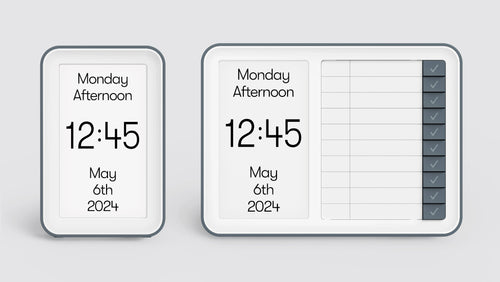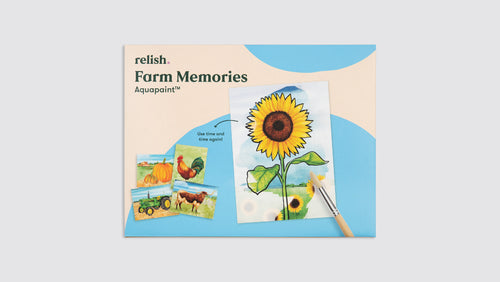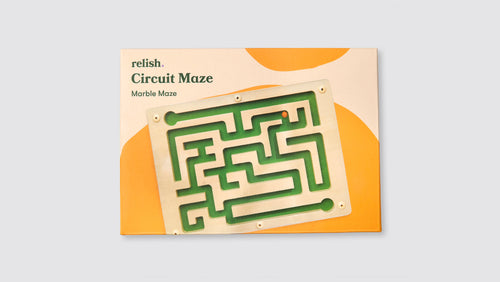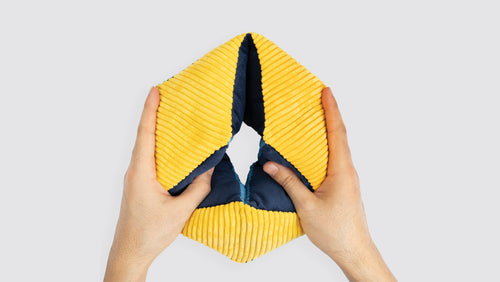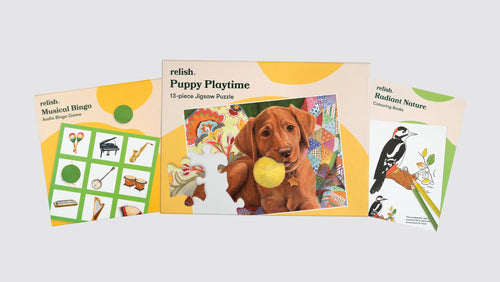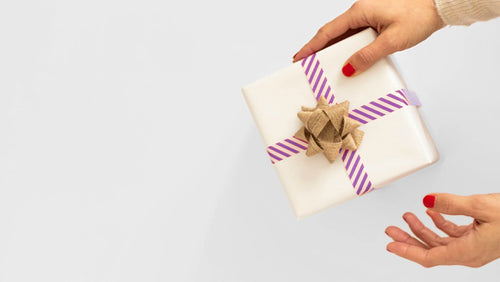The gradual progression of memory loss can be consuming for people living with dementia. As dementia and associated diseases advance, people still have many anchors to the past—both sensorial and emotional. With much passion and desire to hold on to wonderful experiences and recollections of the past, engaging an individual with dementia through personal memories is essential.
An optimal way to give someone living with dementia or Alzheimer’s an anchor into their past is by collaborating on a Memory Box. Memory Boxes are a form of assemblage—collections of items—that bring together pictures, objects, or materials that help evoke feelings and joy through familiar faces and meaningful objects. Providing sensory stimulation and reminiscence activities has long been acknowledged to have therapeutic value for the dementia community. Some of the most potent objects that can help channel memories are:
- Natural materials, such as flowers, dried leaves, and barks.
- Materials rich in tactile sensations like furs, sand, and brushes.
- Familiar objects, foods, and clothing.
Successful Memory Boxes
Creating an effective Memory Box is easy and collaborative for both those living with dementia and the caregivers who help put them together. There are some unifying features that make for an effective memory box:
- Choose a format that is easily accessible for the individual with dementia to access in their day-to-day routines. Accessing these memories will have the most lasting effects if someone with dementia either passes it daily or has it prominently displayed.
- Make the objects included in the box easy to handle. Tactile sensation is heightened for those with memory loss—especially in individuals with other senses diminished like sight and hearing. Make sure that the box is lightweight and safe to move.
- Select a range of objects that engage a range of senses. While visual memories like photographs are an obvious choice, it’s important to include others. Fragrance is notable because of the olfactory system’s attachment to memory. Including things like perfumes, woods, and ingredients could provide powerful access to memories.
- Providing context is important, allowing the person living with dementia to understand why an object is included. While certain items may spark immediate responses, others may take a while to garner recognition. Providing labels can create quicker reactions which help the individual stay connected with those objects.
- Avoid including valuables or originals, in case they get misplaced.
What to Include
There is no right or wrong answer when it comes to the question of what to include in a memory box. The most important thing is to choose something stimulating or that carries special significance for the person with dementia. For example, a Memory Box can include:
- Trinkets and small cherished items.
- Containers and tins with familiar brands.
- Clothing material like tweed, nylon, and wool.
- Badges or insignia.
- Copies of old photographs.
- Architectural features like knobs, molding, or wallpaper.
- Religious pieces like rosaries, a small menorah, or a pocket bible.
- Natural materials from favorite vacation spots.
- Reminders of old hobbies like a sewing pattern or a safe tool.
- Letters and written communication.
- An old record, cassette, or musical instrument.
Building Connections Together
For those with dementia, one of the most therapeutic aspects of making a memory box is the interaction between loved ones over shared memories. Nothing is more powerful than a family member or close friend taking the time to share memories and aid in memory recall. Sharing that experience is the most effective way of creating stronger bonds. It also creates a shared experience that a caregiver can return to in future visits that helps spark continued conversation, providing the best quality therapy for someone living with dementia or Alzheimer’s.
